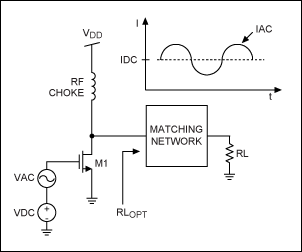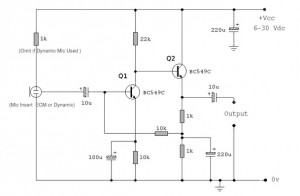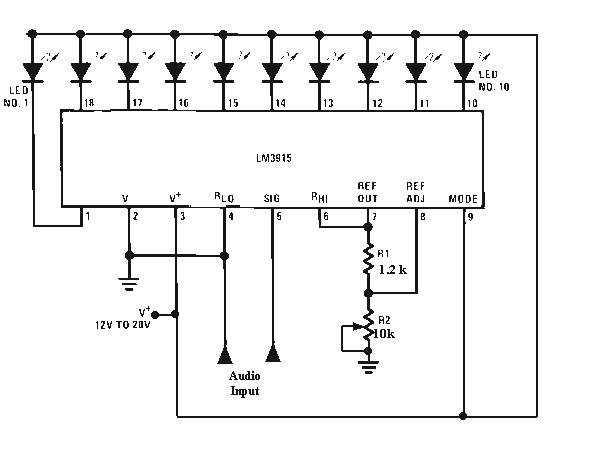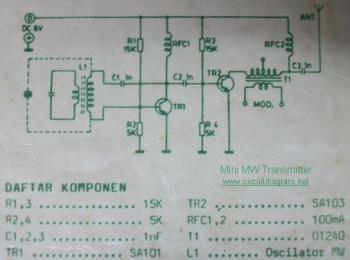
mini mosfet audio amplifier

This project involved the design of an audio amplifier that delivers substantial output power while maintaining a minimal parts count and high quality. The power amplifier section utilizes only three transistors along with a few resistors and capacitors arranged in a shunt feedback configuration. It is capable of producing over 18W into an 8 Ohm load with less than 0.08% total harmonic distortion (THD) at 1KHz at the onset of clipping (0.04% THD at 1W - 1KHz and 0.02% THD at 1W - 10KHz) and can reach up to 30W into a 4 Ohm load. To achieve this level of performance and ensure the stability of the simple circuit, a regulated DC power supply is essential. This requirement is advantageous as it also minimizes noise and hum in the preamplifier, ensuring predictable output power across various load impedances. Moreover, since the amplifier operates on a single rail supply, a high-quality DC voltage regulator capable of delivering more than 2 Amps at 40V can be constructed using only a few components.
The audio amplifier circuit is designed with efficiency and simplicity in mind, making it an excellent choice for audio applications where space and cost are considerations. The three-transistor configuration is arranged to maximize gain while minimizing distortion, ensuring that the amplifier can reproduce audio signals faithfully. The shunt feedback technique employed in the circuit helps stabilize the gain and improve linearity, contributing to the low THD figures reported.
The choice of components is critical in achieving the desired performance. High-frequency transistors are preferred for their fast switching capabilities, which help in handling audio signals effectively. The resistors and capacitors used in the feedback loop are selected for their tolerance and temperature stability to maintain consistent performance over varying conditions.
The regulated DC power supply is an integral part of this design, as it not only powers the amplifier but also plays a significant role in noise reduction. A linear voltage regulator is recommended for this application, as it provides a clean and stable output voltage. The design of the regulator should include adequate heat dissipation mechanisms to handle the current requirements without overheating.
Overall, this audio amplifier project exemplifies the balance between simplicity and high-performance audio reproduction, making it suitable for various applications including home audio systems, portable speakers, and other audio devices where space and component count are limited.This project was a sort of challenge: designing an audio amplifier capable of delivering a decent output power with a minimum parts count, without sacrificing quality. The Power Amplifier section employs only three transistors and a handful of resistors and capacitors in a shunt feedback configuration but can deliver more than 18W into 8 Ohm with
<0. 08% THD @ 1KHz at the onset of clipping (0. 04% @ 1W - 1KHz and 0. 02% @ 1W - 10KHz) and up to 30W into a 4 Ohm load. To obtain such a performance and to ensure overall stability of this very simple circuitry, a suitable regulated dc power supply is mandatory. This is not a snag because it also helps in keeping noise and hum of the preamp to very low levels and guarantees a predictable output power into different load impedances.
Finally, as the amplifier requires only a single rail supply, a very good dc voltage regulator capable of supplying more than 2 Amps @ 40V can be implemented with a few parts also. 🔗 External reference
The audio amplifier circuit is designed with efficiency and simplicity in mind, making it an excellent choice for audio applications where space and cost are considerations. The three-transistor configuration is arranged to maximize gain while minimizing distortion, ensuring that the amplifier can reproduce audio signals faithfully. The shunt feedback technique employed in the circuit helps stabilize the gain and improve linearity, contributing to the low THD figures reported.
The choice of components is critical in achieving the desired performance. High-frequency transistors are preferred for their fast switching capabilities, which help in handling audio signals effectively. The resistors and capacitors used in the feedback loop are selected for their tolerance and temperature stability to maintain consistent performance over varying conditions.
The regulated DC power supply is an integral part of this design, as it not only powers the amplifier but also plays a significant role in noise reduction. A linear voltage regulator is recommended for this application, as it provides a clean and stable output voltage. The design of the regulator should include adequate heat dissipation mechanisms to handle the current requirements without overheating.
Overall, this audio amplifier project exemplifies the balance between simplicity and high-performance audio reproduction, making it suitable for various applications including home audio systems, portable speakers, and other audio devices where space and component count are limited.This project was a sort of challenge: designing an audio amplifier capable of delivering a decent output power with a minimum parts count, without sacrificing quality. The Power Amplifier section employs only three transistors and a handful of resistors and capacitors in a shunt feedback configuration but can deliver more than 18W into 8 Ohm with
<0. 08% THD @ 1KHz at the onset of clipping (0. 04% @ 1W - 1KHz and 0. 02% @ 1W - 10KHz) and up to 30W into a 4 Ohm load. To obtain such a performance and to ensure overall stability of this very simple circuitry, a suitable regulated dc power supply is mandatory. This is not a snag because it also helps in keeping noise and hum of the preamp to very low levels and guarantees a predictable output power into different load impedances.
Finally, as the amplifier requires only a single rail supply, a very good dc voltage regulator capable of supplying more than 2 Amps @ 40V can be implemented with a few parts also. 🔗 External reference





